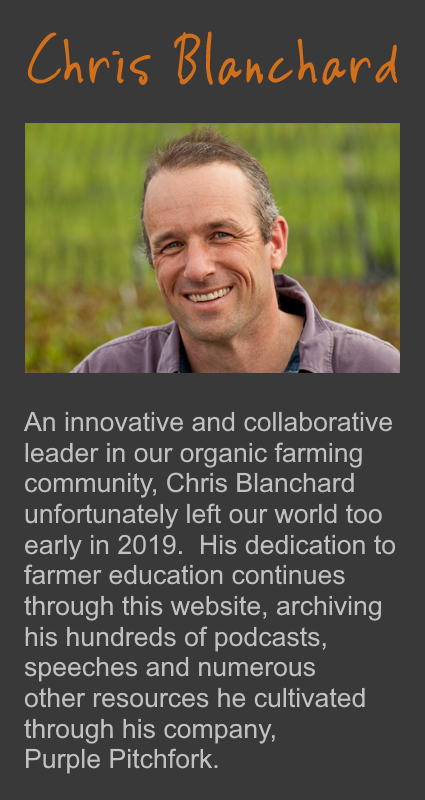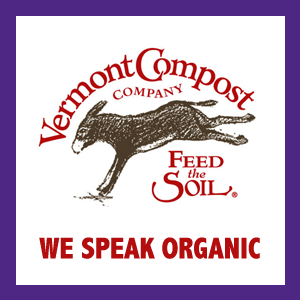But it's not just about fast. You can be the fastest fish slinger in the world, but if the filet machine doesn't work, or the fish aren't in the hold, or the crew is sick, you don't get to crank.
I love throwing twist ties around bunches of kale as fast as I can, watching the harvest crates and little kale palms pile up in my wake.
But it's not just about fast. A thousand things have to be done right and at the right time before you get to throw twist ties on the kale leaves.
Before you can even think about the harvest, it's about having the tools and the techniques and the people and the energy you need to get the kale seeded and watered, the ground ready, the plants transplanted, and the weeds and the diseases and the bugs taken care of.
It's about endurance If you blow out your back or push yourself to exhaustion getting the kale plants out to the field, you won't have what it take to seed the rutabagas tomorrow.
When comparing investment opportunities - whether for spending money on equipment or spending time on systems development - the mental exercise of figuring out how much money a new tool or system will save is an easy lure, and with harvest labor taking up such a large share of a vegetable farm's expense, it's tempting to put the time and money into those systems. But we need to think about more than just the cost savings - we have to think about getting the crop in ahead of a rain, getting the rows straight to make cultivating easy, and getting each job done without leaving yourself gasping for breath at the end of it, too tired to do it again tomorrow or next year.




 RSS Feed
RSS Feed
